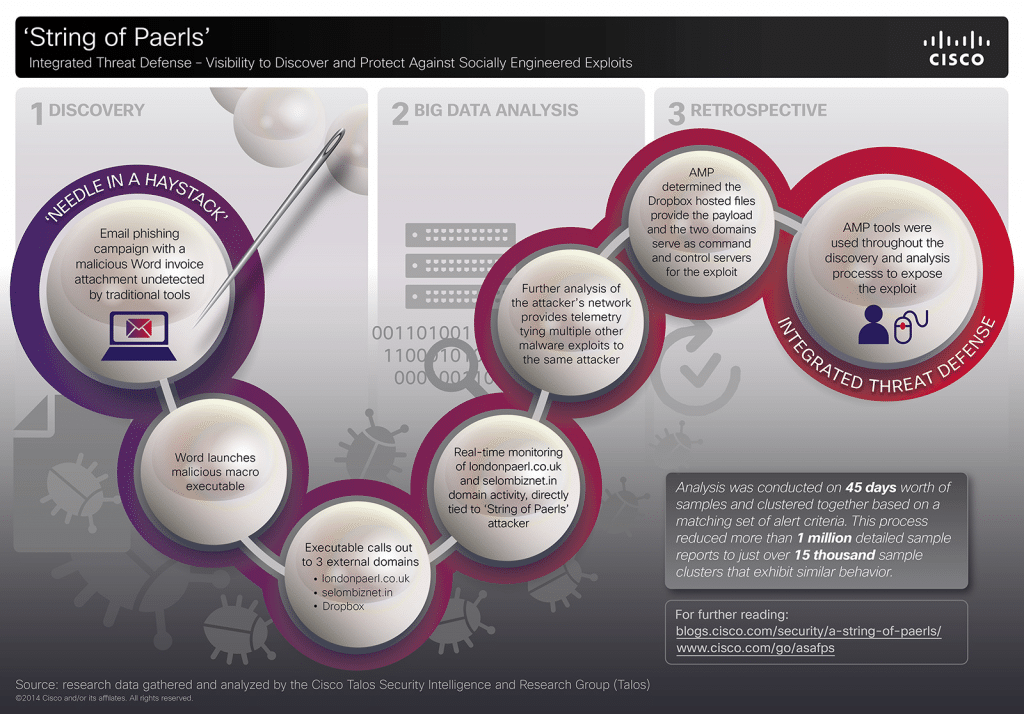In-brief: The Electronic Frontier Foundation warned that it has evidence of man-in-the-middle attacks that take advantage of the same encryption-busting technology that Lenovo and Superfish implanted on consumer laptops.
web applications
Cat and Mouse: Web Attacks Increasingly Sidestep WAF Protections
Recently, the Akamai Threat Research Team unveiled a unique distributed brute force attack campaign targeting nearly five hundred WordPress applications. What’s interesting about this campaign? It clearly demonstrates how Web attackers are becoming more sophisticated, attempting to evade security controls – specifically Web Application Firewalls (WAFs) and rate control protections. A Short Primer to Brute-Force Attacks Brute force Web attackers attempt to gain privileged access to a Web application by sending a very large set of login attempts, within a short period of time. Using volumetric single source of attack is easily mitigated by blacklisting. Today’s brute force attacks are typically characterized by volumetric attacks coming from distributed IPs. In this way, if the attacker’s source IP is detected, they can still continue with the attack campaign by switching a source IP. As part of this cat-and-mouse evolution, WAFs are enhanced with several rate control measures that detect and block […]
With Multi-Vector Attacks, Quality Threat Intelligence Matters
In the last year, the world’s attention has been riveted by a series of high-profile hacks of major corporations in retail, finance and the entertainment industry, among others. Each of these incidents is unique, involving different threat actors and motives. However, each of these attacks is also a sterling example of what we, at Cisco, term “multi-vector attack” that employs a range of technologies, deployed in numerous stages, to penetrate the defenses of the target organization. Here at Cisco, we have studied these attacks in-depth and have identified some commonalities among these multi-vector attack, and useful approaches to combat them. This blog post will discuss some of our findings. About Multi-Vector Attacks Any cyber attack, large or small is born from a weak link in the security chain. These weak links take many forms: poorly configured Web servers, gullible employees or vulnerable-but-common applications like Microsoft Office, Adobe Reader and Java are common examples. Multi-vector attacks […]
U.S. Weather Systems Victims of Cyber Attack
The Washington Post is reporting that hackers from China breached the network of the National Oceanic and Atmospheric Administration (NOAA) in September, forcing cyber security teams to seal off data vital to disaster planning, aviation, shipping and scores of other crucial uses. The article cites sources within the government and Congress. The intrusion occurred in late September. However, NOAA officials gave no indication that they had a problem until Oct. 20, according to three people familiar with the hack and the subsequent reaction by NOAA, which includes the National Weather Service. According to the report, NOAA officials believe that actors based in China are responsible for the attack. The report also claims that efforts to respond to it resulted in an interruption in some key services, including NOAA’s National Ice Center Web Site, a partnership with the U.S. Navy and U.S. Coast Guard to monitor conditions for navigation. That two-day outage skewed the accuracy […]
Dusting For Malware’s Bloody Prints
Malicious software is nothing new. Computer viruses and worms have been around for decades, as have most other families of malware like remote access tools (RATs) and key loggers. But all our experience with malware hasn’t made the job of knowing when our organization has been hit by it any easier. In fact, recent news stories about breaches at Home Depot, Target, Staples and other organizations makes it clear that even sophisticated and wealthy corporations can easily overlook both the initial compromise and endemic malware infections – and at great cost. That may be why phrases like “dwell time” or “time to discovery” seem to pop up again and again in discussions of breach response. There’s no longer any shame in getting “popped.” The shame is in not knowing that it happened. Greg Hoglund says he has a fix for that latter problem. His new company, Outlier Security, isn’t “next generation […]





